Discover Naples Botanical Gardens located 4 miles from downtown Naples. It is made up of 6 gardens, with a 2.5-mile walking trail as well as dog walks in the park.
The Botanical Gardens are a 90-acre preserve made up of seven unique ecosystems which include mangroves, marshes, and untouched forests. It features native Florida plant life, over 300 exotic plants, and hundreds of animal species.
You can visit the tropic and subtropical landscapes of Asia in the Lea Asian Garden. The Brazilian Garden offers a bold display of the indigenous people’s use of plants in the landscape. This Garden features the only original Burle Marx, ceramic mural in the United States. He is considered the father of landscape architecture. The Kapnick Caribbean Garden gives the visitor a view through the natural landscapes islands of the Caribbean. You will encounter diverse landscapes, from mountain tropical forests, dry forests, savannahs, scrubs, and different species of cactus. Take your child through the saw palmetto tunnel at the Vicky C. and David Byron Smith Children’s Garden. To a child’s and adult’s delight, they will encounter a world of flowers, vegetables, butterflies, a babbling stream, and treehouses. The Water Garden in the Naples Botanical Gardens is atop the river of grass. It is filled with water lilies, lotuses, and papyrus complete with a boardwalk.
The Karen and Robert Scott Florida Garden is the essence of the Florida landscape. Visiting this garden encourages visitors’ connection with the natural elements. This garden features The Great Circle which is formed by a circular planting of sabal palms, Florida’s State Tree. The underplanting is bougainvillea and silver palmetto. In this Great Circle are Florida’s beautiful grasses and wildflowers.
The Naples Botanical Gardens offer something for everyone. Demonstrations, talks, tours, and tastings of tropical fruit plants are experiences not to be missed. You may see a performance on the boardwalk that will definitely leave an impression.
Plan your trip today to explore Naples Botanical Gardens located at 4820 Bayshore Drive, Naples, Florida.
Photo Credit: Alex Clark







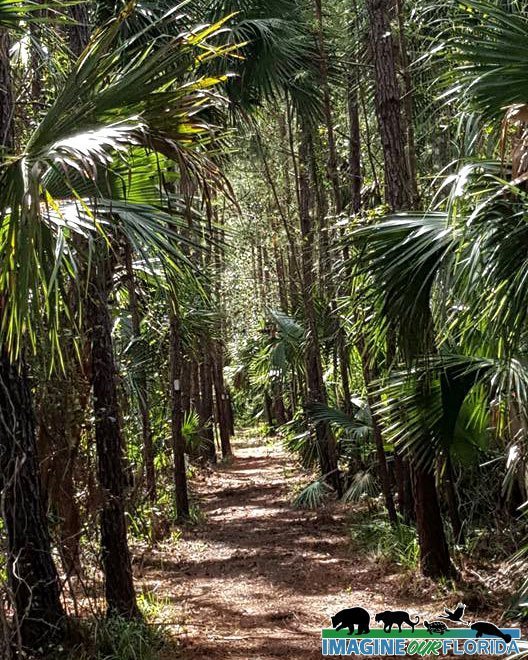














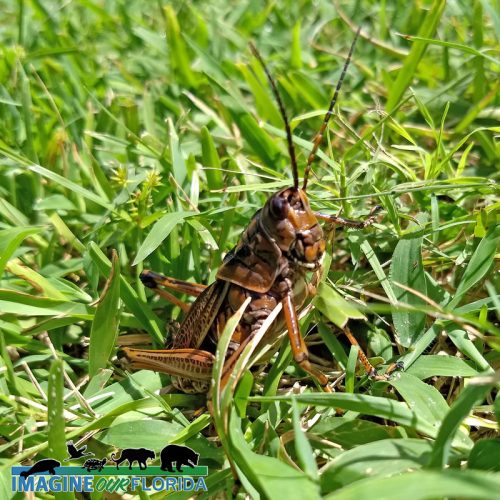


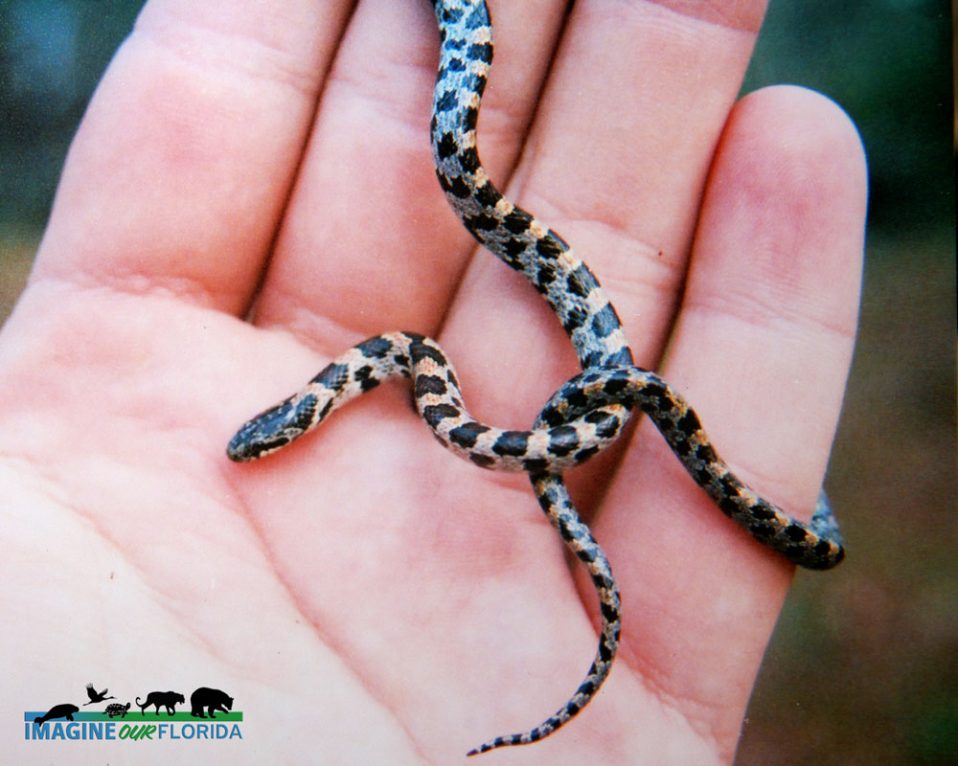

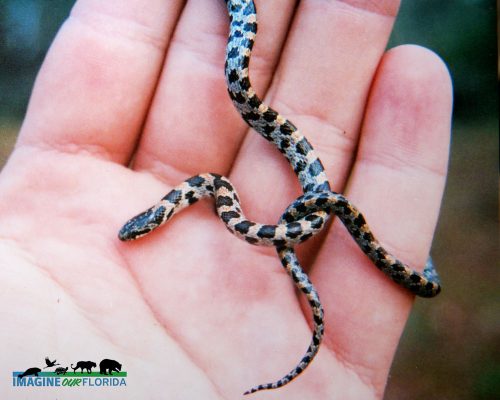










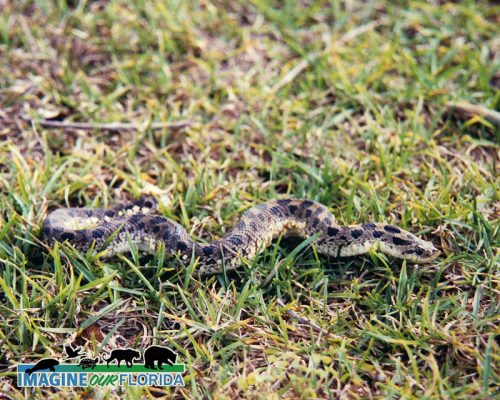

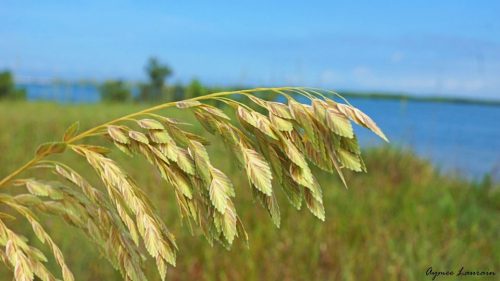









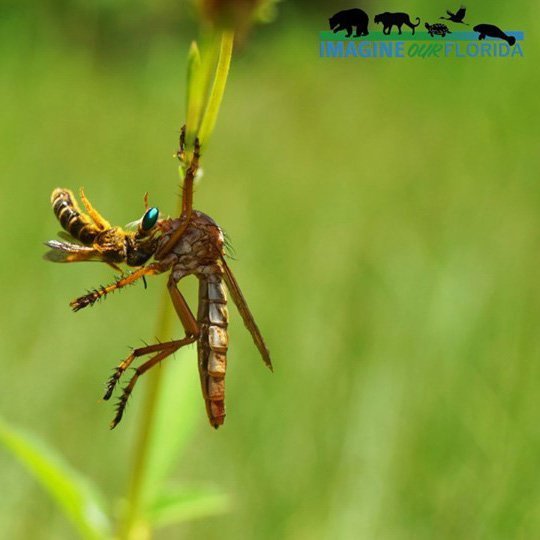

Recent Comments